What is the third wave of coffee! What is the difference between a boutique coffee shop and a mainstream coffee shop?
Professional coffee knowledge exchange More coffee bean information Please pay attention to coffee workshop (Weixin Official Accounts cafe_style)
The third wave of coffee (also known as the third wave of coffee revolution) that has become increasingly popular in Europe in recent years has made coffee shops that can show their own characteristics a new trend. Driven by this trend, boutique coffee that can highlight the characteristics of stores has gradually become the mainstream of the market, and more and more consumers have therefore equated the third wave of coffee with boutique coffee.
However, specialty coffee is only a small part of the third wave of the coffee revolution, and the combination of coffee and "life experience" is its core value.
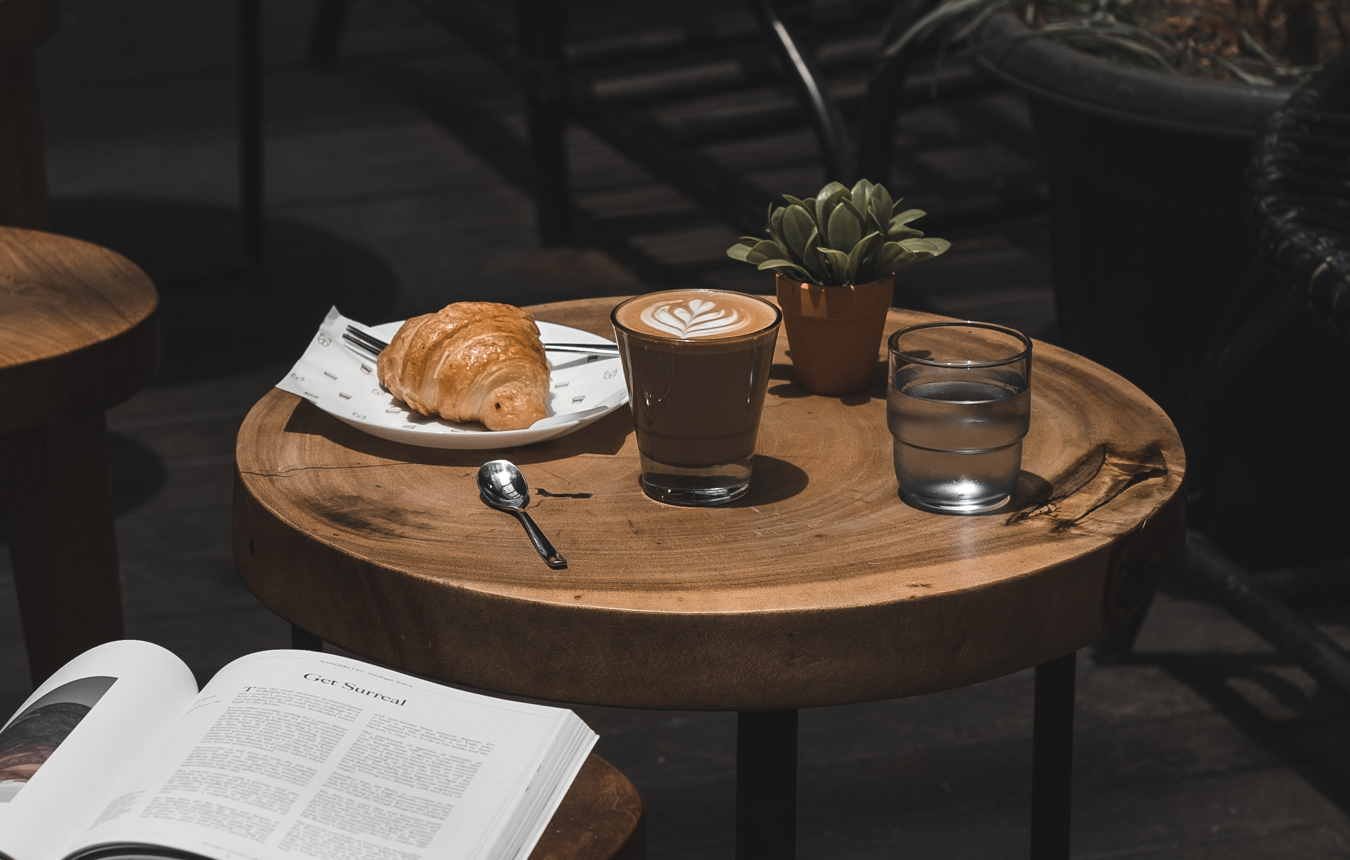
In the third wave of coffee, you'll find more and more stores dedicated to interior design or menu design.
But the so-called boutique coffee shop should combine all aspects of the operation with the enthusiasm and creativity of the store and convey it to consumers.
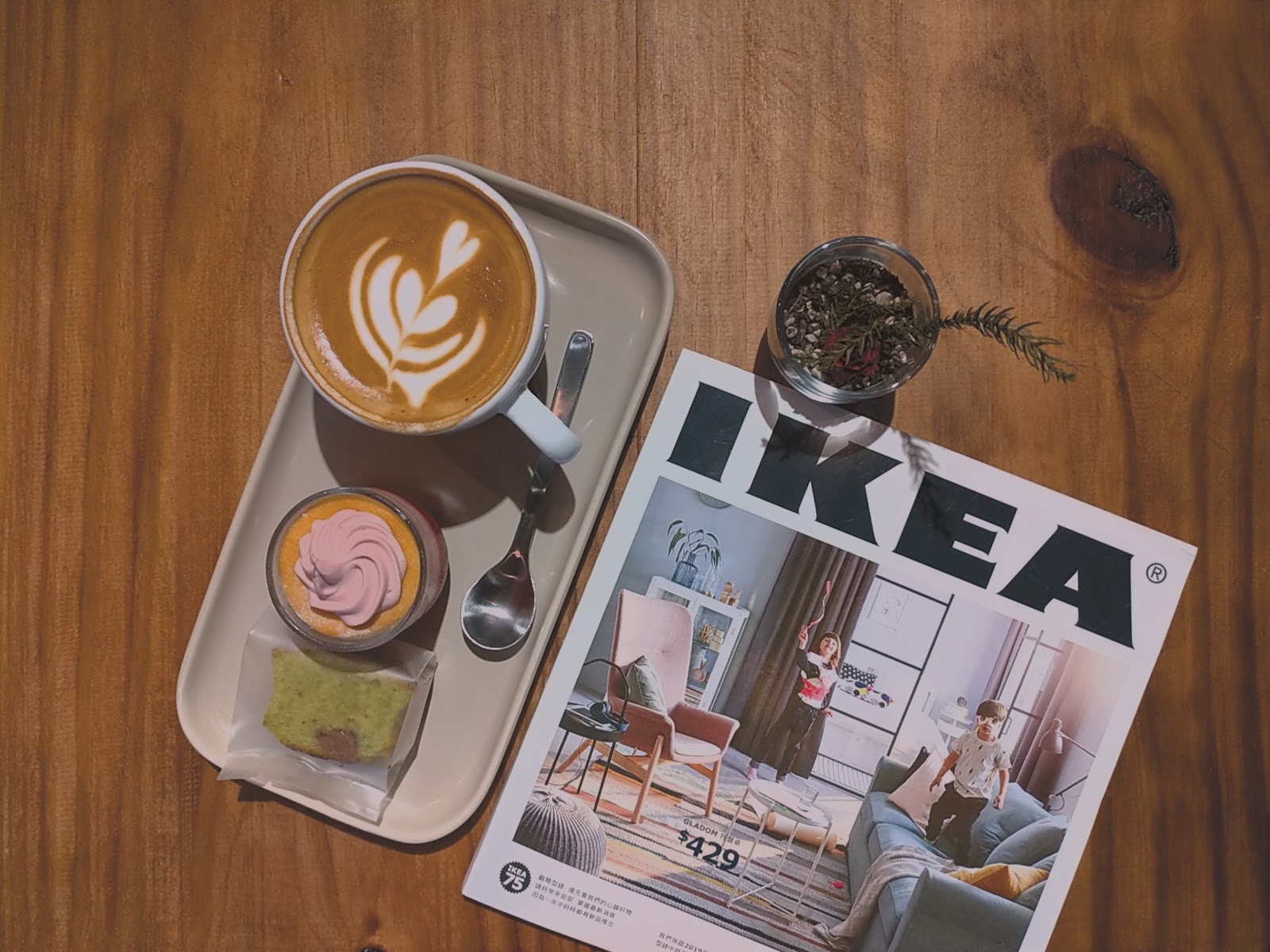
The third wave of coffee is dominated by attitudes
So what exactly is the so-called "mainstream coffee shop"?
the author believes that elements that simply appeal to the masses fall into this category.
on the other hand, boutique coffee shops may also become mainstream.
but it has more passion, intelligence, sustainability and creativity than the former.
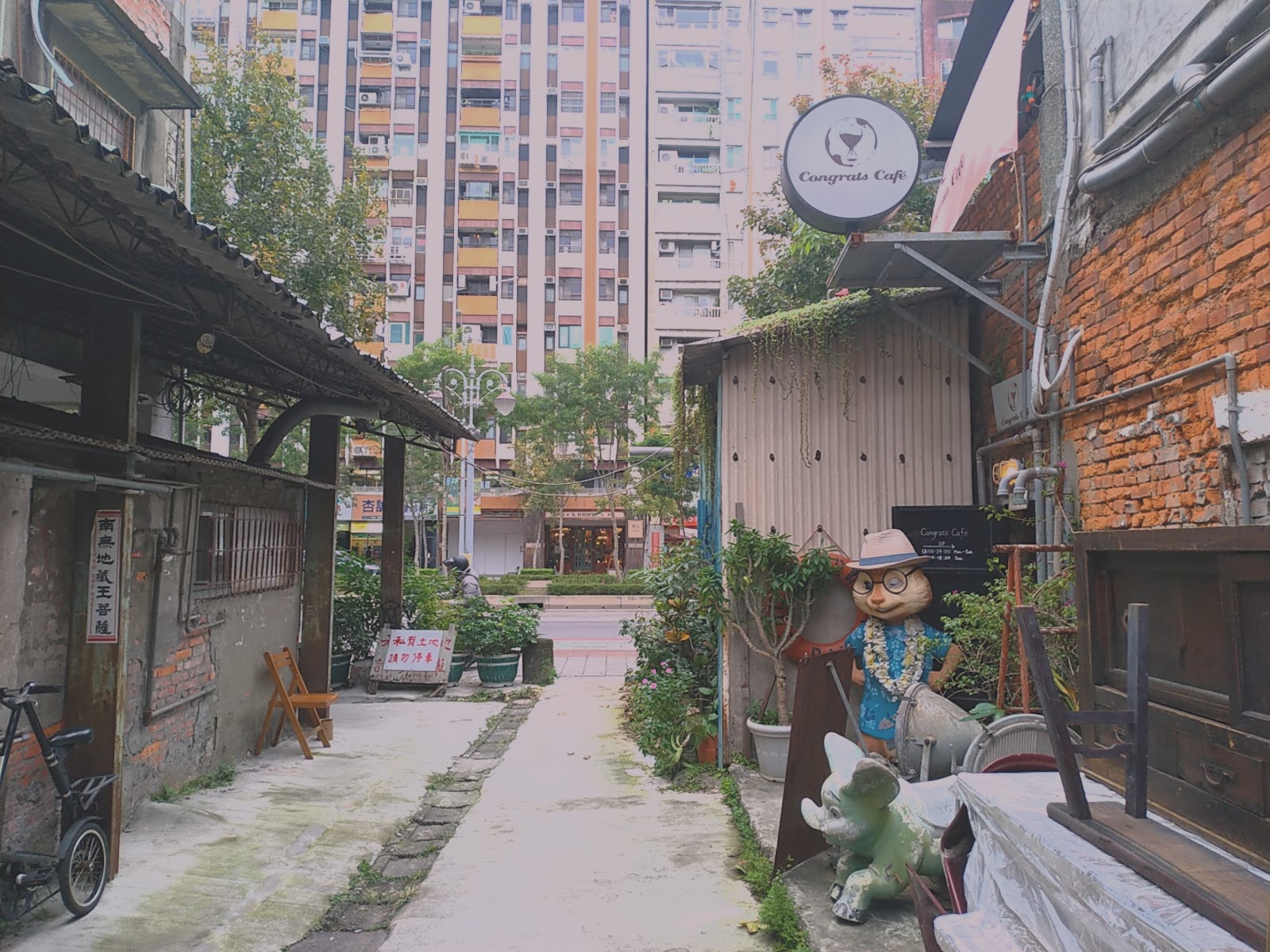
Minimalist design Minimalist design
The interior design of a coffee shop is definitely the main sensory element that affects customers.
friends who often hang around here must know that more and more decorations are basically the same.
for example, the exposed red brick walls often appear in industrial style, the side cabinets contain various types of hand-made pots and menus with white characters on a black background.
or nordic carpets, monotonous main vision, and accompanying thermos bottles for sale to the outside world.
It always makes us feel like we can go anywhere.
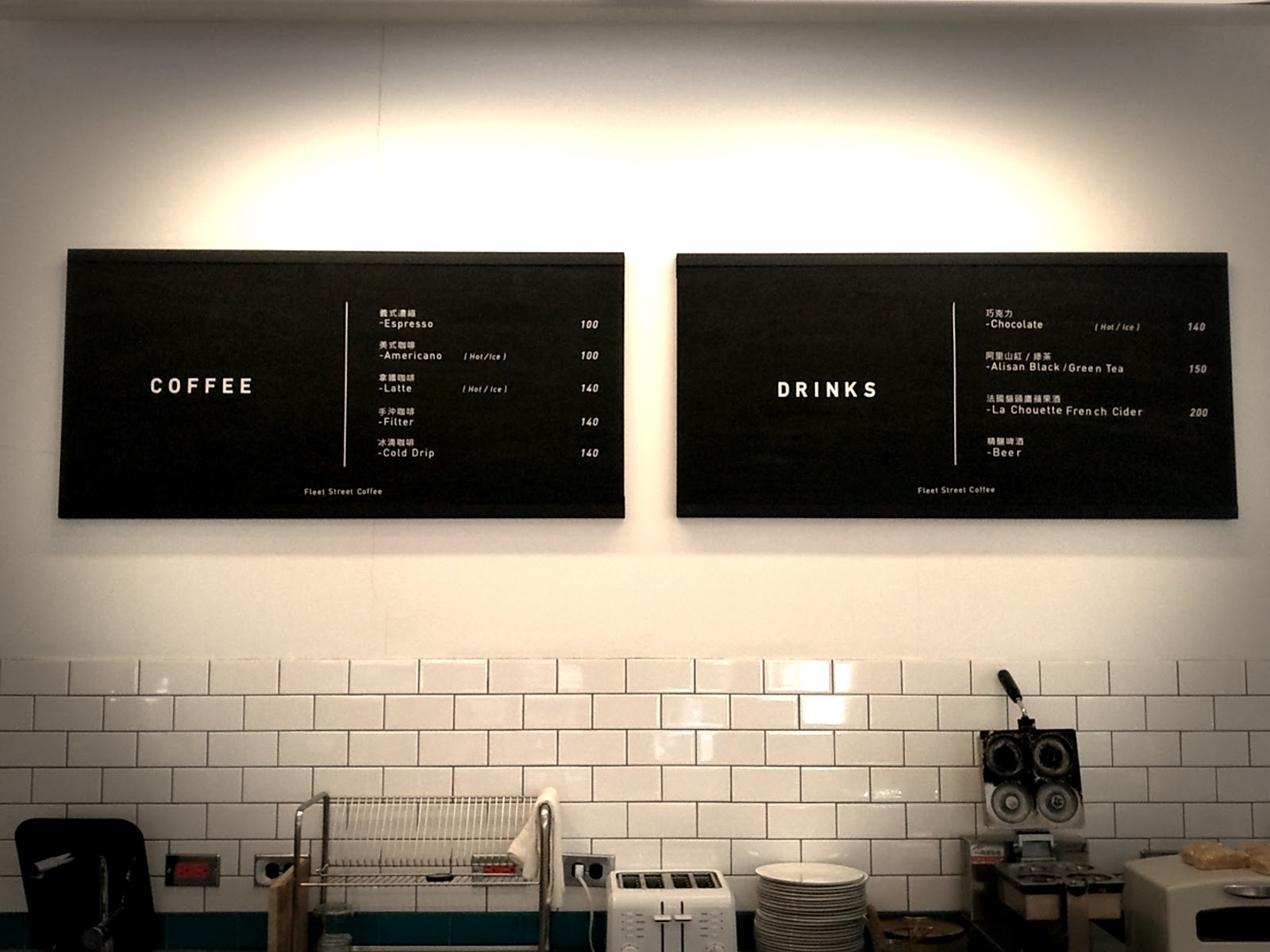
Perhaps this mainstream coffee shop is like the Nordic industrial style today,
or like the british american men's group ten or twenty years ago, it belongs to the current fashion.
But the difference with boutique coffee shops is the connection between the interior and the store story.
and store specific features, like recycled furniture,
Open kitchen bar or handmade ceramic cups, etc., are unconventional models.
Some boutique coffee owners do bring their own furniture into the store and integrate it into the bar design, which is more effective in conveying the idea of the store.
It's like Hermetic Coffee in Hamburg, Germany, which turns a second-hand coat hanger into part of a coffee table.
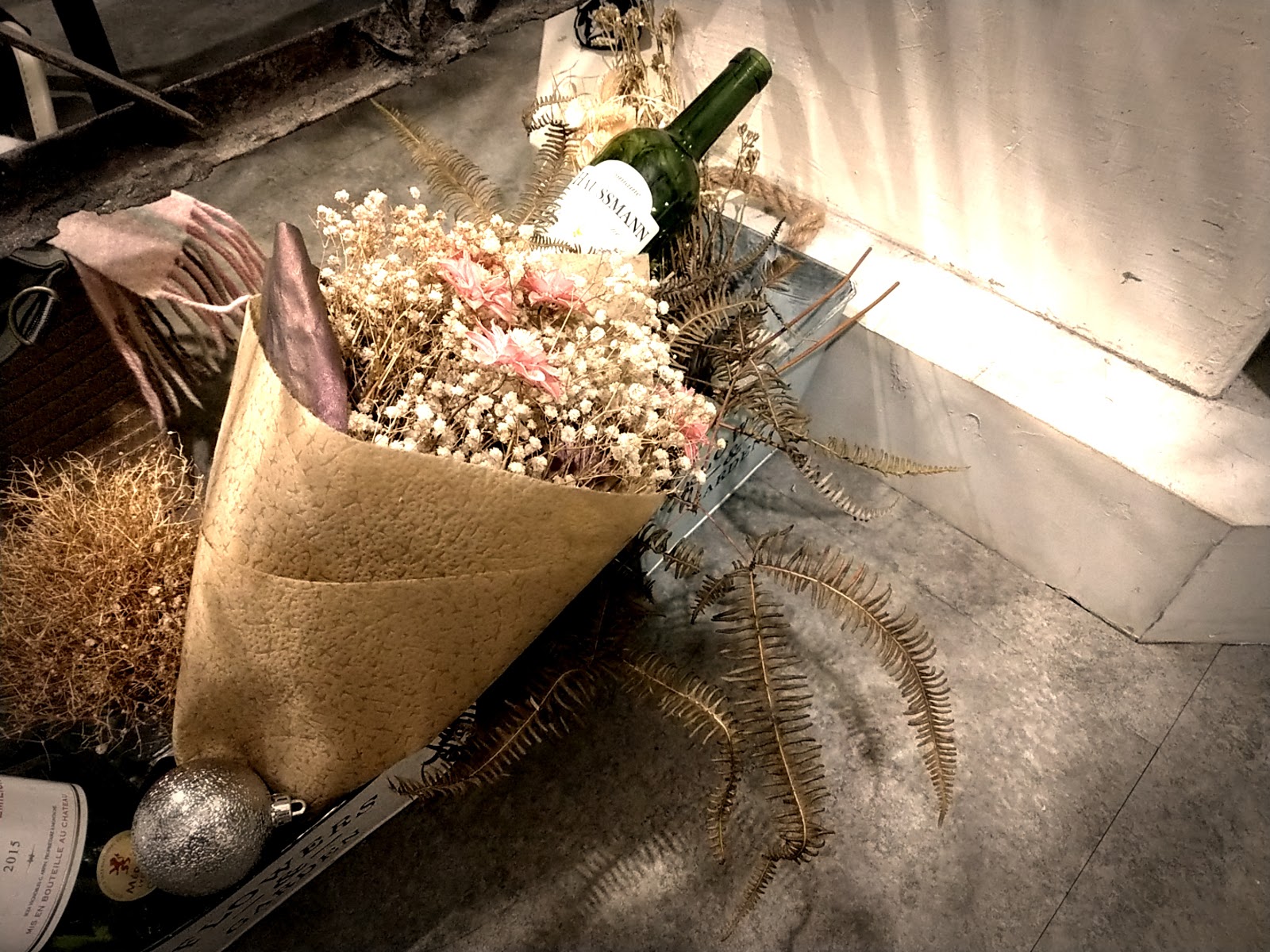
The first time I visited Törnqvist, I was amazed at the transparency of the space. I looked at the floor-to-ceiling windows at the door.
you can see directly into the deepest part of the kitchen, which some people would call minimalism, and some people would call transparency.
In any case, in such an open space, customers can unconsciously open their hearts and freely chat with the barista.
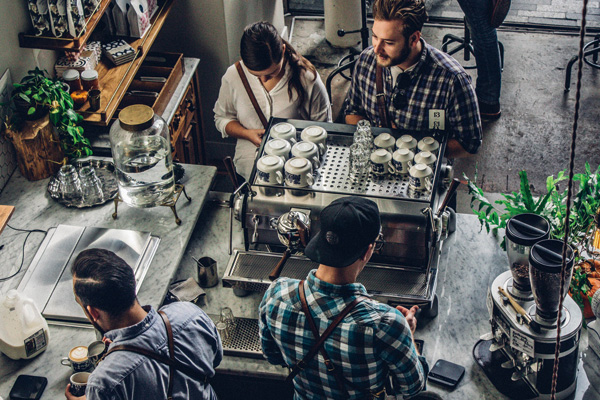
This may be a way for baristas to connect with consumers,
However, it abandoned the superfluous decoration that was common in mainstream or chain coffee shops and could not fully present the characteristics of the store.
although the interior decoration of a boutique coffee shop is also important, punching hot spots is not the purpose of opening a shop.
It's about getting back to basics--after all, the most important thing is coffee.
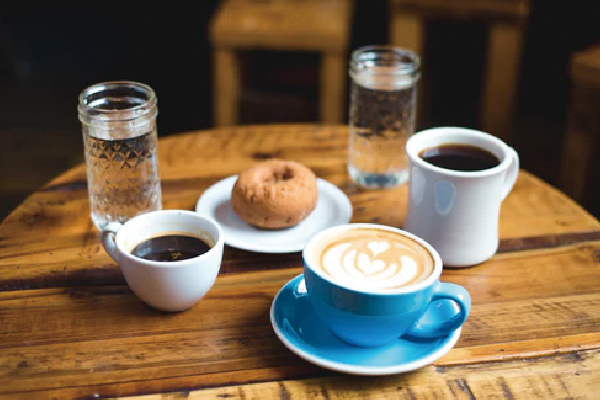
Trendy food menu serves a variety of popular meals
Now, you might ask, if boutique coffee shops are so focused on coffee drinks,
So why are there so many non-coffee-related meals on the menu, when coffee alone is enough?
however, think about it from another angle. after all, boutique coffee shops will also introduce meals provided by mainstream coffee shops in order to operate.
But also the quality of these meals, such as homemade oatmeal, banana cake or avocado toast with boiled eggs and so on
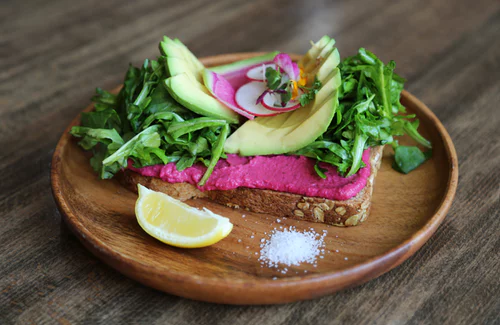
Avocado toast was initially quite unpopular in Europe, perhaps because of environmental sustainability or cultural factors-
after all, avocados grow in environments very far from europe (their origins are tropical and mediterranean regions.
It takes a lot of fuel to transport it all over Europe and the locals are unfamiliar with this ingredient),
But I have to complain a little bit-isn't frozen croissant, which is often eaten on the continent, also having an impact on the environment?
But now it is widely available in coffee shops all over Europe, and even standard.
Today, avocado toast is as much a trend as fine coffee,
Perhaps both are integral parts of the third wave of coffee in Europe.
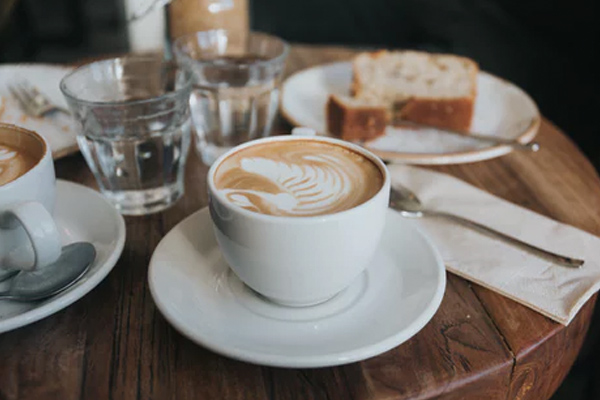
although avocado toast is now widely available in major coffee shops across europe, boutique coffee shops differ from traditional practices.
for example, one shop spreads passion fruit on toast as the bottom.
the dish was served with sea salt, and finally served with hot spring eggs in the shape of tempura.
A shop in Berlin, for example, uses avocado toast made with sour yeast toast as a base to give consumers another sensory experience;
or Good Life in Helsinki, Finland, in the form of avocado puree with oatmeal sweet bread;
Or Atelier September in Copenhagen, avocado toast on rye bread...
From the avocado toast mentioned above, boutique coffee shops seem to incorporate local ingredients into common foods, reflecting the environmental sustainability and exclusive store characteristics of the third wave of coffee.
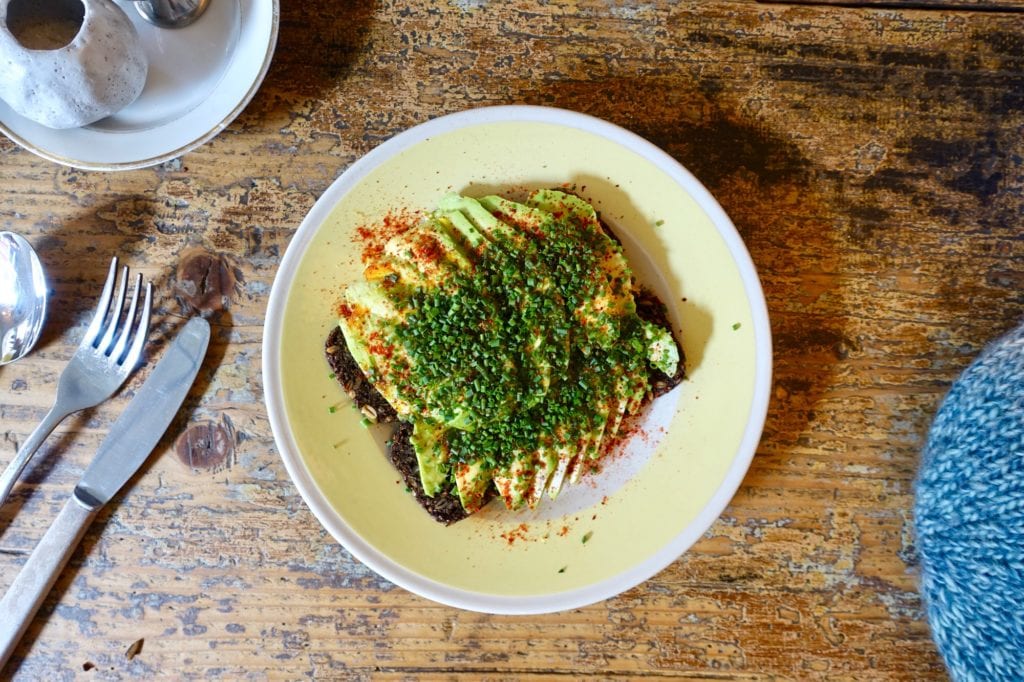
Sometimes you may find that some cities have a variety of boutiques-Bordeaux in France, Oven Heaven serves the best croissants in town, SIP Coffee Bar has outstanding bread and Café Laiton offers the most delicious raclette (melted cheese with various small pieces)-a comfort food that has never been forgotten; Madrid, for example, also has a large collection of boutiques.
If you like local Catalan tomato bread, I would recommend La Colectiva or Toma Café;
If you are visiting Germany, you can enjoy some of the best local cuisine in Hamburg at the Balz und Balz.
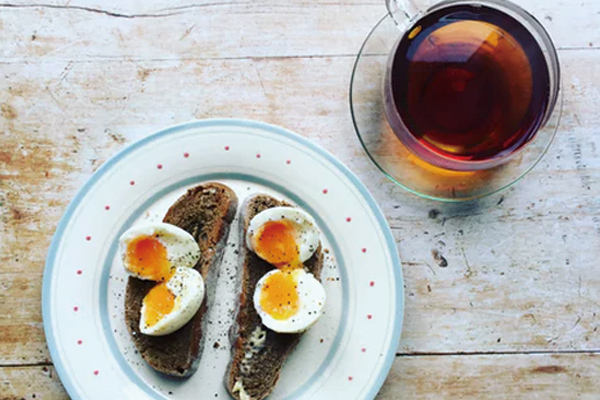
Coffee lovers don't mind if the boutique coffee shop doesn't offer any local traditional cuisine or visit.
As long as the menu is full of local flavor-there is a chance to eat desserts made from apples delivered directly from the origin or lattes with fresh milk from small farmers.
Finally, boutique coffee shops don't necessarily have to take care of everything, as long as they take care of what they should do and highlight their own characteristics.
like the French caramel souffle at Cafe Albatross in Berlin or the red velvet ice cream at Cafe Nømad in Barcelona,
Maybe you can say that you don't have to go to a snack bar or a restaurant to taste local food, but a boutique coffee shop is an alternative.
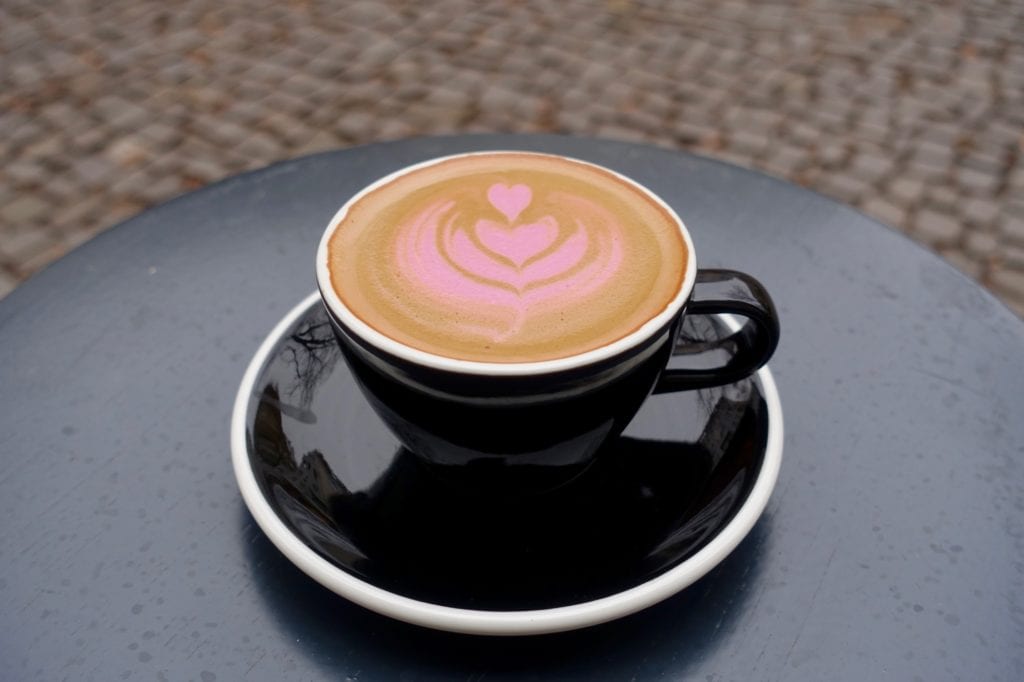
Past the pure coffee drinks
in the past, most coffee shops served the usual coffee drinks, and some boutique coffee shops even served pure fruit juice.
But today, more and more stores are trying to sell creative drinks, such as wine or juice with coffee, for consumers to choose from.
when it comes to drinks unique to the store, take bamboo charcoal latte, which has gone viral on the internet in recent years, as an example.
Most consumers in the past may not be able to tell the difference between boutique and mainstream or chain coffee shops;
However, with the rise of the third wave of coffee, the emphasis on the source of raw materials can highlight the difference.
For example, the store uses handmade brown sugar syrup to replace the usual flavor syrup, which is then adjusted by a professional barista so that other peers cannot fully replicate the store's drinks, so even if this item is available elsewhere, it has different flavors.
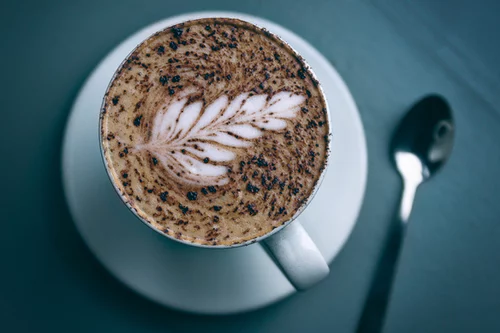
Barista in the third wave of coffee
Another criterion for determining whether a coffee shop is mainstream or boutique is the relationship between the barista and the coffee. As mentioned above, boutique coffee shops have a certain level in all aspects, in addition to the stable quality of meals, clean environment, but also attaches great importance to the attitude of the barista, and customer response. That is to say, a member who can establish himself in a boutique coffee shop, whether it is professional knowledge or service, will constantly try to improve himself.
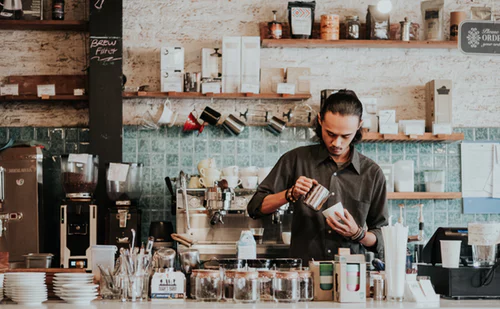
In other words, boutique coffee shops tend to have full-time baristas who are passionate and knowledgeable about coffee, whereas mainstream coffee shops tend to have fewer of them.
It's the whole concept
It can be said that the third wave of coffee is mainly the aesthetic life experience of coffee, from the inside out to distribute the characteristics of the store, all the basic essential coffee drinks to the menu are showing the enthusiasm of the store, and the local cuisine combined with the creativity of the store, let the coffee flavor complement each other. In addition to the meals, the dedicated baristas at the boutique coffee shop will give you a unique sensory experience.
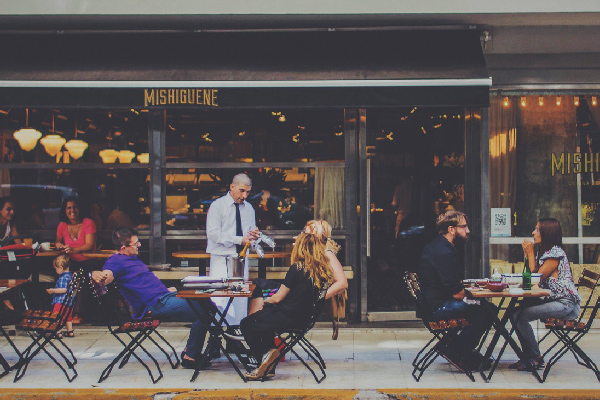
Each boutique coffee shop presents a different menu and style, but in any case, these shops are based on the original characteristics, which is the spirit of the third wave of coffee revolution.
This article is translated from European Coffee Trip, with some modifications.
END
Important Notice :
前街咖啡 FrontStreet Coffee has moved to new addredd:
FrontStreet Coffee Address: 315,Donghua East Road,GuangZhou
Tel:020 38364473
- Prev
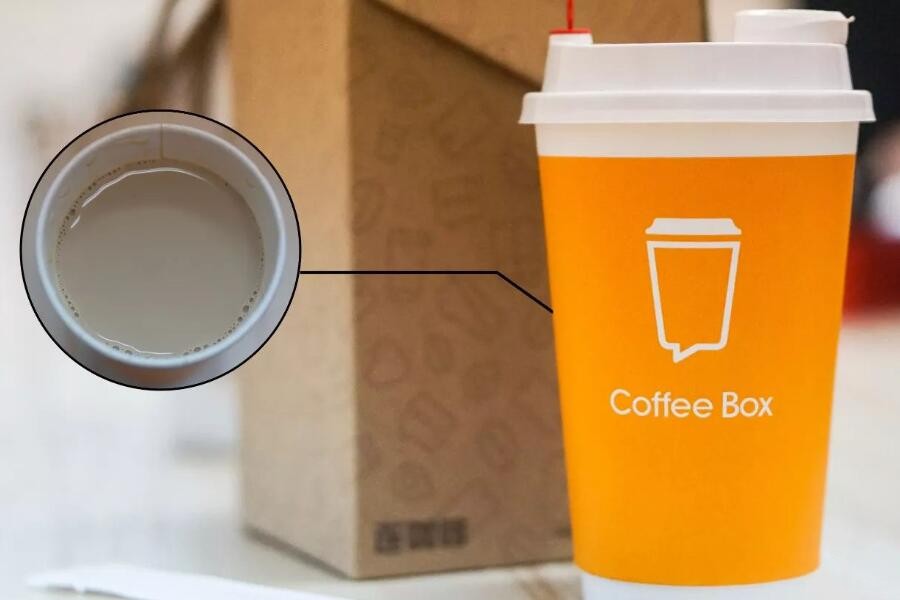
The coffee industry reshuffle is just around the corner! Even coffee was exposed that a large number of shop closures may be related to the lack of financing.
Professional coffee knowledge exchange more coffee bean information please follow the coffee workshop (Wechat official account cafe_style) just past 2018, known as the first year of the outbreak of coffee in China's coffee market, this year not only the rise of catfish-like new retail coffee such as Luckin Coffee, Lian Coffee, but also have the strength to develop and vigorously seize the market share of Chinese coffee.
- Next

Lian Coffee responded to a large number of reports of shop closures: adjusting stores to return to profitability, new financing was announced before April.
Professional coffee knowledge exchange more coffee bean information Please follow the coffee workshop (Wechat official account cafe_style) in response to media reports a few days ago that a large number of coffee shops have closed on the Internet, Lian Coffee said when accepting the Blue Hole connection that the company conducted a round of optimization on some unprofitable and hardware-eligible stores around the Spring Festival, not a large number of shop closures as reported by the media.
Related
- What documents do you need to go through to open a coffee shop? coffee shop coffee shop certificate processing process
- How to purchase Coffee beans in small Cafe how to choose a suitable supplier for domestic Coffee supply Company
- How to drink Starbucks Fragrance White Coffee? how to make Australian White Coffee? what Italian coffee beans are recommended?
- The Story of Flora Coffee: the name of Flora Coffee Bean and the implication of the Flowers on Florna Coffee
- How much does a cup of coffee cost? How much is the profit of a cup of coffee? What is the profit of the coffee shop in a year?
- Yunnan small Coffee, known as "fragrant Coffee", introduces the characteristics of Alpine Arabica Coffee producing areas in Yunnan, China
- 2023 latest Starbucks full menu price list how much is a cup of Starbucks coffee what is better to drink the most popular hot and cold drinks recommended
- Starbucks different kinds of Coffee Price list Starbucks menu 2023 Top Ten Best drinks in Starbucks
- Starbucks Spring praise Comprehensive matching Coffee Bean theme Story Packaging implication and taste description
- The cost of a cup of coffee latte American coffee cost price and selling price

